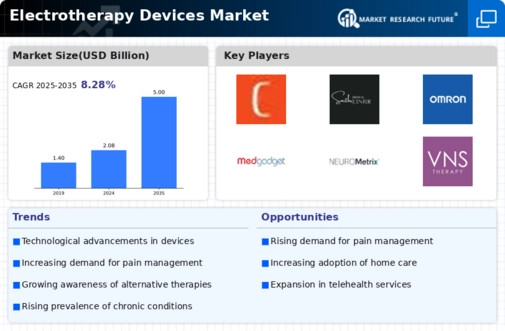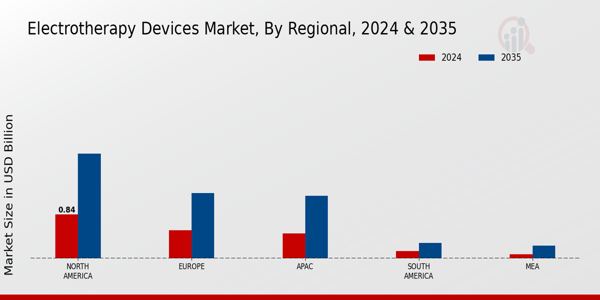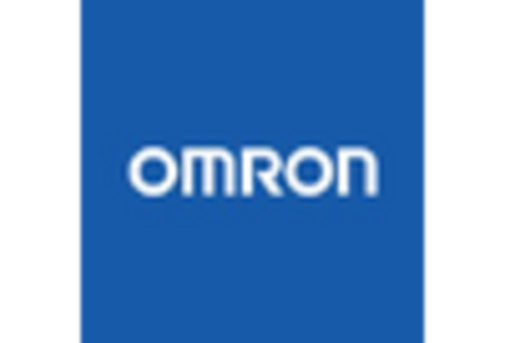Growing Geriatric Population
The Global Electrotherapy Devices Market Industry is poised for growth due to the increasing geriatric population, which often experiences age-related ailments such as arthritis and neuropathic pain. As the global population ages, the demand for effective and accessible treatment options rises. Electrotherapy devices provide a viable solution for elderly patients seeking non-invasive pain relief methods. By 2035, the market is anticipated to reach 5 USD Billion, driven by the need for innovative healthcare solutions tailored to the aging demographic. This trend underscores the importance of adapting healthcare strategies to meet the unique needs of older adults.
Rising Demand for Pain Management Solutions
The Global Electrotherapy Devices Market Industry experiences a notable increase in demand for effective pain management solutions. As chronic pain conditions become more prevalent, patients and healthcare providers seek alternatives to traditional medication. Electrotherapy devices, such as transcutaneous electrical nerve stimulation (TENS) units, offer non-invasive pain relief options. The market is projected to reach 2.08 USD Billion in 2024, reflecting a growing acceptance of these devices in clinical and home settings. This trend indicates a shift towards patient-centered care, where individuals prefer therapies that minimize side effects and enhance quality of life.
Regulatory Support and Reimbursement Policies
Regulatory support and favorable reimbursement policies play a crucial role in shaping the Global Electrotherapy Devices Market Industry. Governments and health organizations are increasingly recognizing the therapeutic benefits of electrotherapy, leading to the establishment of guidelines that facilitate device approval and reimbursement. This support encourages manufacturers to innovate and invest in research and development, ultimately enhancing the availability of advanced electrotherapy solutions. As reimbursement policies evolve to include these devices, market growth is expected to accelerate, providing patients with greater access to effective treatment options.
Rising Awareness and Acceptance of Electrotherapy
There is a growing awareness and acceptance of electrotherapy as a legitimate treatment modality within the Global Electrotherapy Devices Market Industry. Educational initiatives and advocacy from healthcare professionals contribute to this trend, as patients become more informed about the benefits of electrotherapy for various conditions. Increased visibility in clinical settings and endorsements from medical associations further bolster public confidence in these devices. As awareness continues to rise, the market is likely to expand, attracting new users and fostering a more comprehensive understanding of electrotherapy's potential applications.
Technological Advancements in Electrotherapy Devices
Technological innovations significantly influence the Global Electrotherapy Devices Market Industry, enhancing device efficacy and user experience. Recent advancements include the integration of smart technology, allowing for personalized treatment plans and remote monitoring. Devices equipped with mobile applications enable patients to track their progress and adjust settings accordingly. This evolution not only improves patient engagement but also increases adherence to therapy regimens. As a result, the market is expected to grow at a CAGR of 8.3% from 2025 to 2035, indicating a robust future driven by continuous innovation and improved therapeutic outcomes.























Leave a Comment